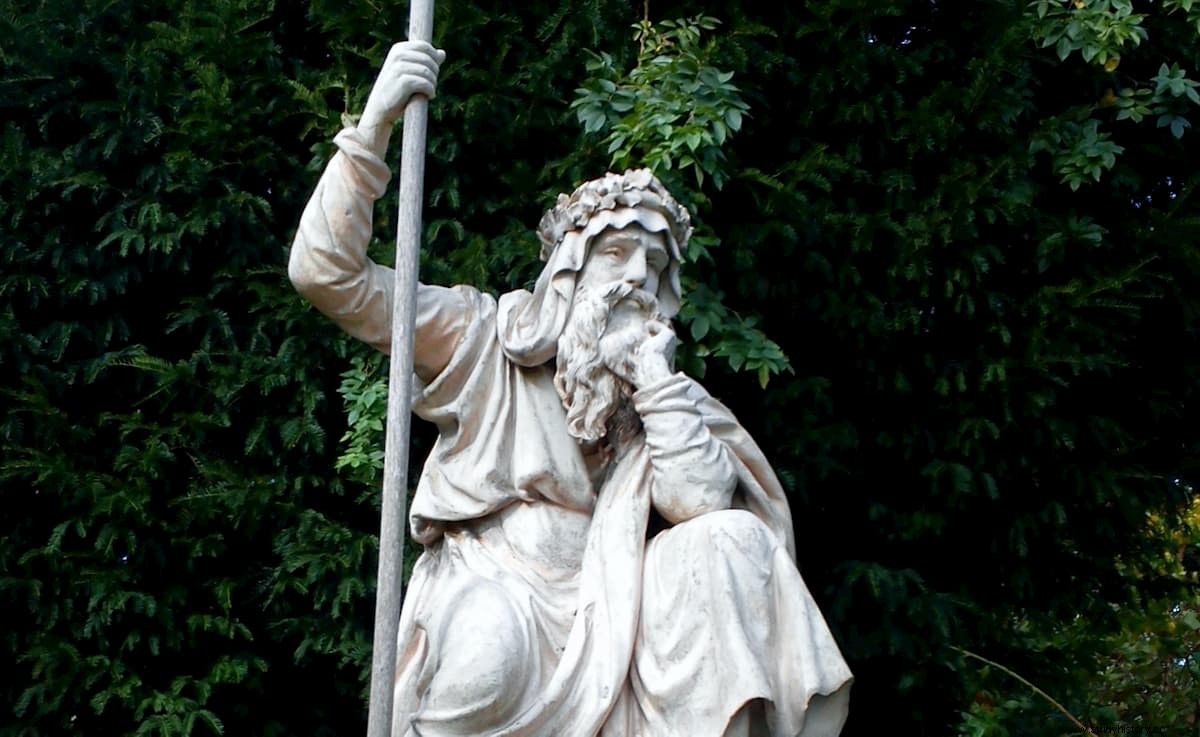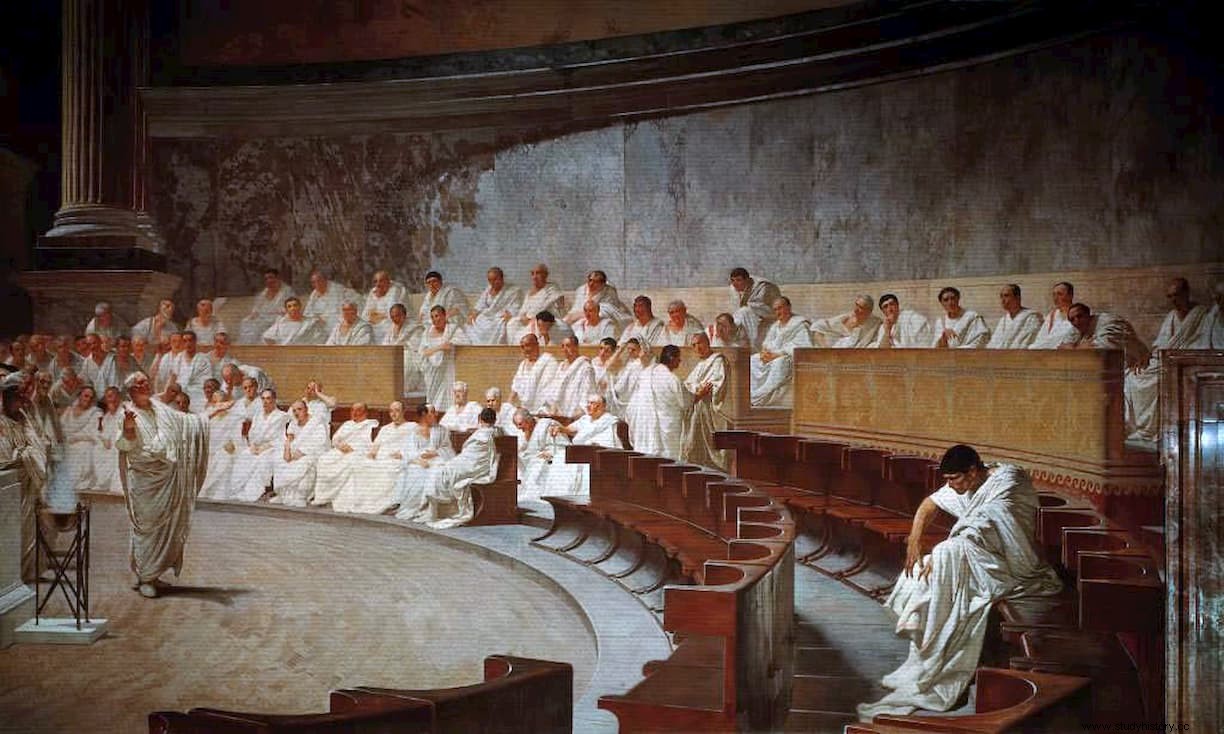The Druids were the religious leaders of the peoples of Celtic culture that spread throughout the British Isles, Gaul and other areas of Europe, a kind of priests who also acted as judges, doctors or counselors. Unfortunately, no Druids left anything in writing, apparently because their beliefs forbade it, and all we know of them is through contemporaries such as the Greeks and Romans.

That is why we do not know their names either, and the few that have transpired are more related to mythology and folklore than to reality. This is the case of Cathbad, chief druid of the court of King Conchobar mac Nessa of Ulster, or Amergin Glúingel, the druid of the Milesians who invaded and seized Ireland from the Tuatha De Danann, as narrated in the Mythological Cycle.
Other druids of the mythological tradition, such as Tadg mac Nuadat or Mug Ruith, who was blind, share legendary space with the bandrúi , female druids like Bodhmall, Tlachtga or Biróg, in Ireland, Scotland or Wales.

The first mention of the druids is found in two Greek texts from around 300 BC. The first is a history of philosophy written by Socion of Alexandria, and the other a text on magic attributed to Aristotle. None of these works have survived, but they were widely quoted by Diogenes Laertius in his Lives, Opinions, and Sayings of the Most Illustrious Philosophers , written in the 3rd century AD
The first complete work that we have that refers to the Druids is the Comments on the Gallic Wars Julius Caesar, written between 50 and 40 B.C. Some scholars have criticized Caesar's writings as inaccurate and exaggerated, among other things, ascribing to the druids functions that they never would have had. Others think that they are reliable.

In any case, it is in this context that he appears who may be the only druid whose name and existence are documented by the sources. It is mentioned by Marcus Tullius Cicero in his work De divinatione (On divination), written in the first months of 44 B.C. during the last dictatorship of Julius Caesar. Cicero claims to have met a Gallic druid named Dividiacus, a member of the Aedui tribe.
The problem is whether Dividiacus (or Diviciacus, as he is generally called today) was or was not a druid. Julius Caesar mentions him several times in his writings, but never refers to him as a Druid, only as a military and political leader. However, as we have seen, Cicero clearly indicates that he was a Druid. And if we listen to him, then Diviciaco would be the only druid in history that is documented and whose name we know for sure (according to the Delamarre dictionary of the Gallic language, the name Diviciaco would mean avenger ).

The moment of the meeting between Cicero and Diviciaco took place in the year 61 BC, when he went to Rome to ask for Caesar's help against Ariovistus, the Suevian king allied with the Arverni against the Aedui. Diviciacus stayed at Cicero's sumptuous villa on the Palatine as a guest. The two may already have known each other, thanks to their common interest in the wine trade in Gaul, and Cicero even seems to imply that Diviciacus was a friend of his brother Quintus of him.
Rome had already supported the Aedui in 121 BC. and now Diviciacus requested to renew the alliance. As we saw in another article, the Aedui considered themselves blood brothers of the Romans, and in fact they had a very similar political system, based on a senate that brought together aristocratic families, just like the Roman Republic, with the limitation that only one member per family could belong to it.
That was the pretext that Caesar used to resume the conquest of Gaul. Curiously Diviciaco had a brother named Dumnorix, deeply anti-Roman, and who was one of the main headaches for Caesar throughout the campaign. In the end he would end up being captured and, despite the fact that Caesar had promised Diviciacus that he would not punish him, he would die trying to flee.
Diviciacus' own date of death is unknown, but in 44 B.C. which is when Cicero writes De divinatione , already speaks of him in the past. In the year 61 BC, when he arrived in Rome, he must have been about 34 years old. At that time he was perhaps vergobreto (the highest magistracy among the Aedui), an annual elective office that conferred political and military power.
According to some investigators Diviciaco combined the political power of vergobreto and the religious one of druida, in the same way that at that time Caesar was the pontifex maximus and chief magistrate of Rome.
In any case Jane Webster, in her study of Druidism, indicates that druids are unlikely to be identified archaeologically , and that speculation is rife because the data is poor . So much so that, for now, we only have one name.
The city of Autun inaugurated a statue of Diviciaco on October 14, 1884, the work of Arthur de Gravillon. The character must not have been very much to the liking of the Germans (Diviciacus allied himself with Caesar against the Germanic tribes) and that is why during the occupation in World War II it was disassembled and melted down.
